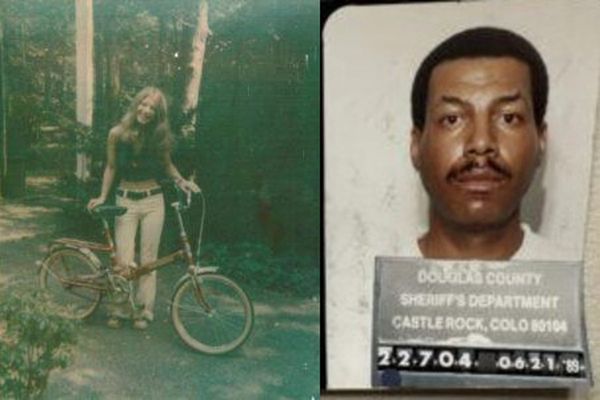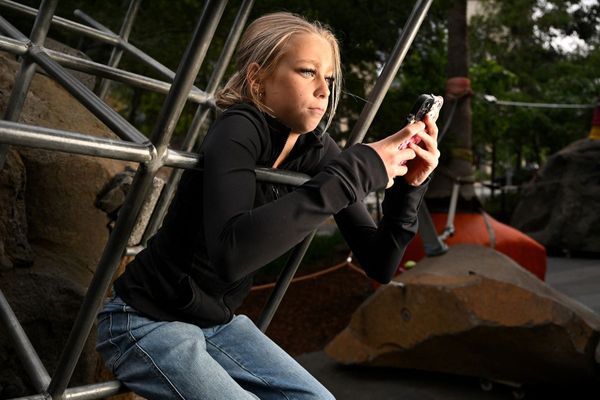This article is part of a Herald Sport special on disabled facilities in Scottish football, shining a light on the progress that has been made, the work that still needs to be done, the help that is available to clubs and the barriers to accessibility that disabled fans face.
Back in December 2022, when Rangers unveiled plans to make a £6m investment into improving disabled facilities at their famous Ibrox Stadium, the club received almost universal praise.
As well as the creation of a raised platform for their disabled supporters at the heart of the Copland Stand, the addition of cantilever seating would mean an overall increase in the seating capacity of the ground.
The well-documented problems that the project subsequently endured during the construction phase should not detract from that initial laudable aim that then chairman John Bennett spelled out - to make Ibrox ‘best in class’ when it came to accessibility - nor should it diminish from the impact that the finished result has had on the individuals who use this new area on a matchday.

So, when it is put to Rangers’ Disability Access Officer John Speirs if the investment had been worth it, the answer is emphatic and delivered with emotion.
“Absolutely,” Speirs said.
“There was a woman, Jean (Campbell), who had been coming to Rangers games for years and years.
Read more:
-
How my son's horrifying illness opened my eyes to football’s accessibility gaps
-
Councillor calls on Scottish Government to fund disabled facilities in stadiums
-
'It can be dehumanising': Motherwell DSA chair on barriers facing disabled fans
“One of the things she told us was, 'It's the first time I've seen the centre circle in years.' She used to be based in the enclosure at the front of the Main Stand, and there's a camber on the pitch, so if you're sitting there, you don't actually see the centre circle. And we just thought that was amazing.
“The Rangers media team carried out an interview with her and John Brown did it, and it was absolutely superb. She was almost in tears, because the change to her matchday experience was night and day from what she had before.
“The feedback overall has been fantastic. We just want to continually try and improve our services so that all disabled people get as good an experience as anybody else. "It's the reason why we work in football. You want to make good experiences for your supporters and other supporters. The difference that it's made has been incredible.
“It's only 30 spaces at this stage and we're looking to improve and build on that as time goes on. It brings us up to 150 spaces overall around the stadium. But when you get really good feedback, clearly, that's exactly what you're looking for. It's life-changing for some people.
“Coming to football, coming to see Rangers, it is the biggest thing in their life, and they then get the five-star treatment here, as they describe it.

Giving disabled fans the opportunity to experience what it is like to be integrated into the main body of the support, something that many of them had never experienced until the new platform was opened, is something that Speirs is passionate about, and it is a principle that guides his work.
"Rangers are a big club and they want to provide accessible services for all disabled people and all supporters,” he said.
“The building of this platform was around having something specifically in the Rangers end, integrated into the stand with the rest of the supporters at a high, raised platform, which provides a better view.
“A big part of our mission is about integration because traditionally disabled supporters have been sort of almost segregated. As you can see from the design of the platform, it is integrated right into the heart of the Rangers end, and it's pretty much the best view you'll get if you're a wheelchair user sitting there.
“So, it is very important to me to integrate all disabled people into the whole experience. And that comes from dropped kerbs to ensure level access entering into the stadium, lowered kiosks, accessible toilets, lifts to each platform, and now integrating people right into the heart of the Rangers end.”
Speirs could not be happier with the end result. More importantly, he says that the feedback from supporters – a crucial element in understanding what it is disabled fans actually want and need - has been overwhelmingly positive.
“In terms of the actual platform, it went to plan and is the design and spec that we were looking for,” he said.
Read more of our disabled access investigation:
“It has ensured excellent access and viewing areas for disabled people.
“The sightlines are designed so that everybody in this whole stand can stand up and everybody in the platform should still have a clear view. We've seen examples of where that hasn't been done at other stadiums. So that is critical, the sightlines.
“The fact there's a glass barrier with no balustrade at the top to interrupt the view, all of these design features were built in to ensure accessibility, and predominantly that people sitting in these platforms get a brilliant view. And if you sit in one of the seats there, you'll see that it is a perfect view of the stadium.
“My mission would be to embed accessibility in everything that we do as a club. It's not just about the match experience. There's Edmiston House, there's other services, there's hospitality, there's the communications that we have.
“We want to build towards making those as accessible as they possibly can be for everybody."
That is another point that Speirs wishes to underline, that there is no ‘one size fits all’ policy that will cater for those with special accessibility needs and disabilities.
Providing these raised wheelchair platforms for those with mobility issues is only one small part of an overarching mission to make Rangers a club accessible for all, no matter the hurdles between the individual fan and getting into Ibrox to cheer on their team.
“We've got a wide range of services,” he said.
“We've got Broxi's Den, which is a neurodiverse sensory room for a wide range of people with different types of conditions and impairments like autism, ADHD, etc. That's been hugely successful as well. The two stewards who work there won the UEFA Best Sensory Room award in 2022.

“We have the Rex Blind Party, which has been running for over 50 years, where 25 visually impaired people are provided with a seating area, as well as their companions, free of charge.
“We have two commentators for every match, and their commentary is amazing. And we're continually looking to improve services for all disabled people.
“We launched a deaf supporters group last year at the Motherwell game, sort of piloted it, invited them in and had sign language interpreters. And we're looking at how we can build on that this season.
“We also have individual, bespoke support for fans who contact us at Disability Matters [a group formed by the club in 2015 made up of people who have a wide range of disabilities and who work closely with Spiers].

“It might be that they have a seat in a stand, and they have a condition which precludes them from using turnstiles and things. We can meet them outside the gate, bring them through separately so they don't go through the stress of going through turnstiles. Other people, we can make individual access plans for.
“So, we have a wide range of services for all to be inclusive of all disabled people. And we're looking to continually build on that as the years go on.
"We want to make it as good as we can for all our supporters and that was my driving force coming to Rangers. I've worked in disability equality and disability rights for the last 25 years.
“When I was recruited, that was one of the things that was the focus of the board when I came for an interview. They were determined that we were going to improve accessibility for all disabled supporters.
“That was the driving force for me to join the club, and it drives me every day."







